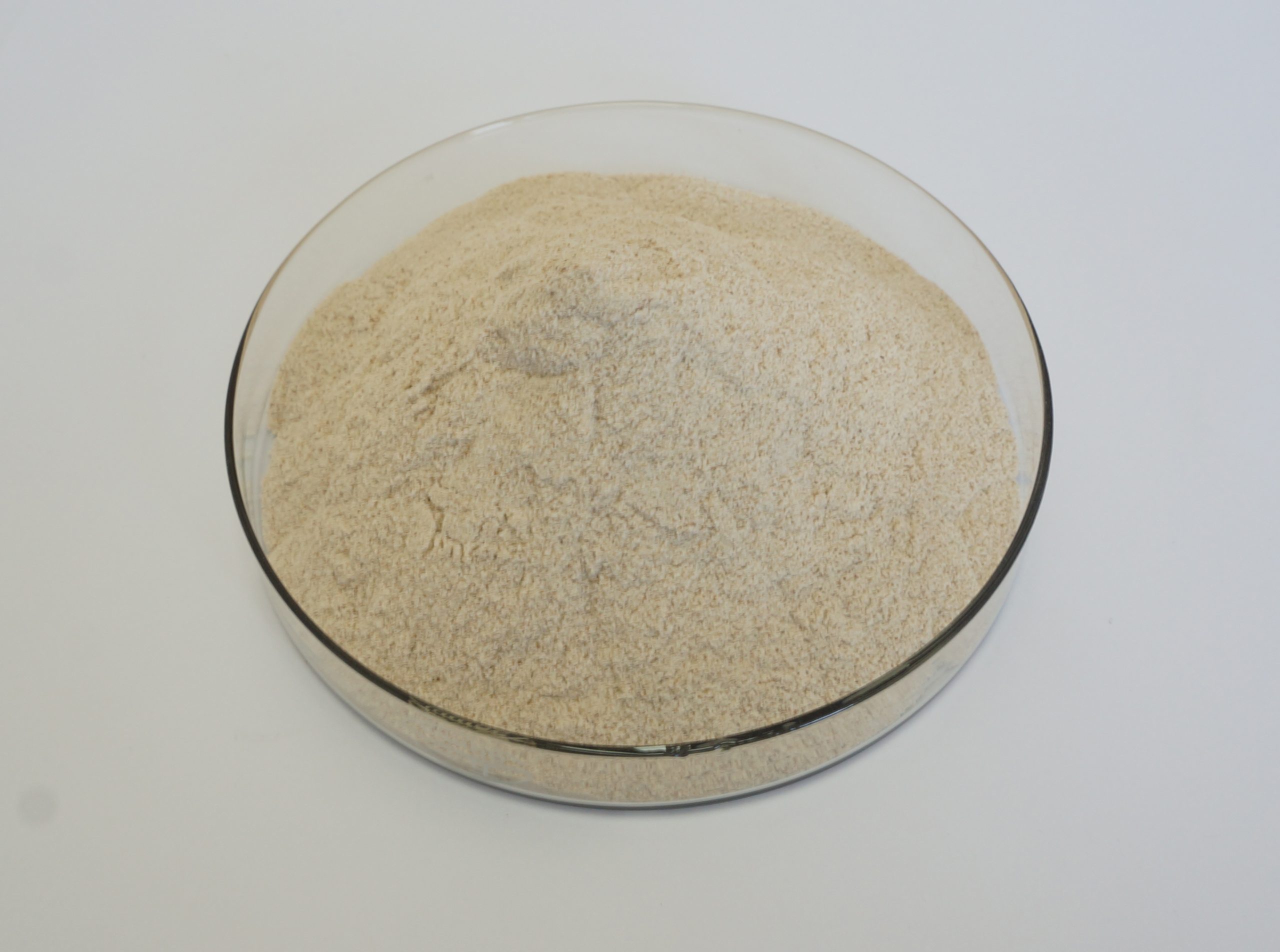Proteases, also known as peptidases or proteinases, are enzymes that play a crucial role in biological systems. They are primarily responsible for the hydrolysis of peptide bonds in proteins and peptides, breaking them down into their constituent amino acids. This process is essential for a wide range of biological functions, including digestion, cellular regulation, and protein turnover. Here’s an overview of the origin and nature of proteases:
Origin of Proteases:
Proteases are found throughout the biological world, from microorganisms to plants and animals. They are essential for the survival and functioning of all living organisms. Proteases can be classified into various families, and many of them have a common evolutionary origin, sharing structural and functional similarities. These enzymes have evolved over time to serve specific functions in different organisms.

Nature of Proteases:
Proteases exhibit several common characteristics:
1.Enzymatic Nature: Proteases are enzymes, which means they are proteins themselves. They function by binding to specific substrate proteins and catalyzing the hydrolysis of peptide bonds, cleaving proteins into smaller peptides or amino acids.
2.Substrate Specificity: Different proteases have different substrate specificities. Some proteases cleave after specific amino acids, while others have broader substrate specificities. For example, trypsin cleaves after arginine or lysine residues, while chymotrypsin cleaves after hydrophobic amino acids.
3.Cofactors: Some proteases require cofactors or coenzymes for their activity. For instance, some metalloproteases require metal ions like zinc for catalysis.
4.Regulation: The activity of proteases is tightly regulated in living organisms. Dysregulation of protease activity can have harmful effects. Protease inhibitors, naturally occurring molecules, play a role in regulating protease activity.
5.Cellular Localization: Proteases can be found in various cellular compartments. For example, digestive proteases, like pepsin and trypsin, are found in the stomach and small intestine. Intracellular proteases, like the proteasome, are involved in protein degradation within cells.

6.Biological Functions:
Digestion: Proteases in the digestive system break down ingested proteins into smaller peptides and amino acids, which can be absorbed and utilized by the body.
Cellular Regulation: Intracellular proteases regulate various cellular processes by degrading or modifying specific proteins. For example, the proteasome is involved in protein degradation and plays a crucial role in the cell cycle and maintaining protein homeostasis.
Immune Response: Some proteases are part of the immune system and are involved in immune cell function and defense mechanisms.
Blood Clotting: Thrombin, a protease, is essential for the formation of blood clots.
Tissue Remodeling and Repair: Proteases are involved in tissue remodeling, wound healing, and other repair processes.
Understanding the origin and nature of proteases is essential for advancing our knowledge of biological systems, and they have numerous practical applications in fields like biotechnology, medicine, and the food industry. Researchers continue to explore the diverse roles and characteristics of proteases to better comprehend their functions and potential applications.
